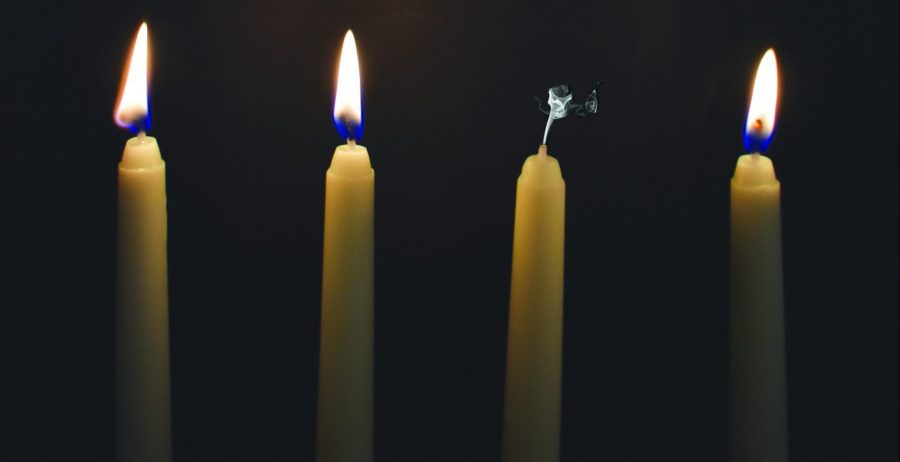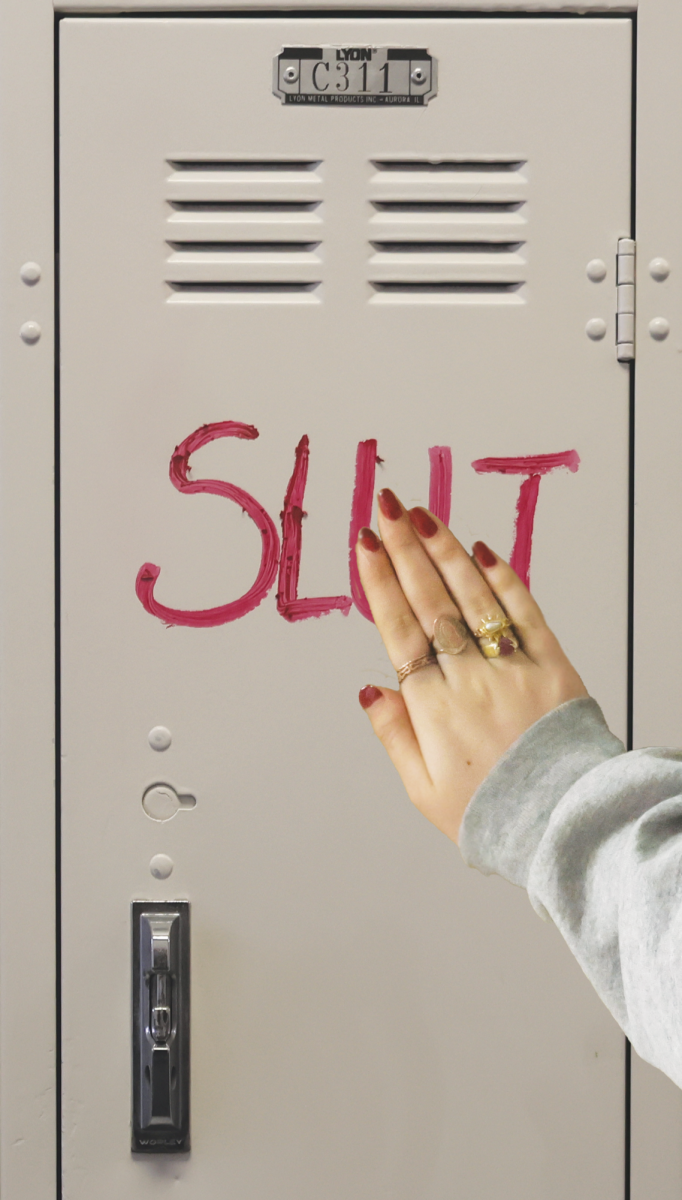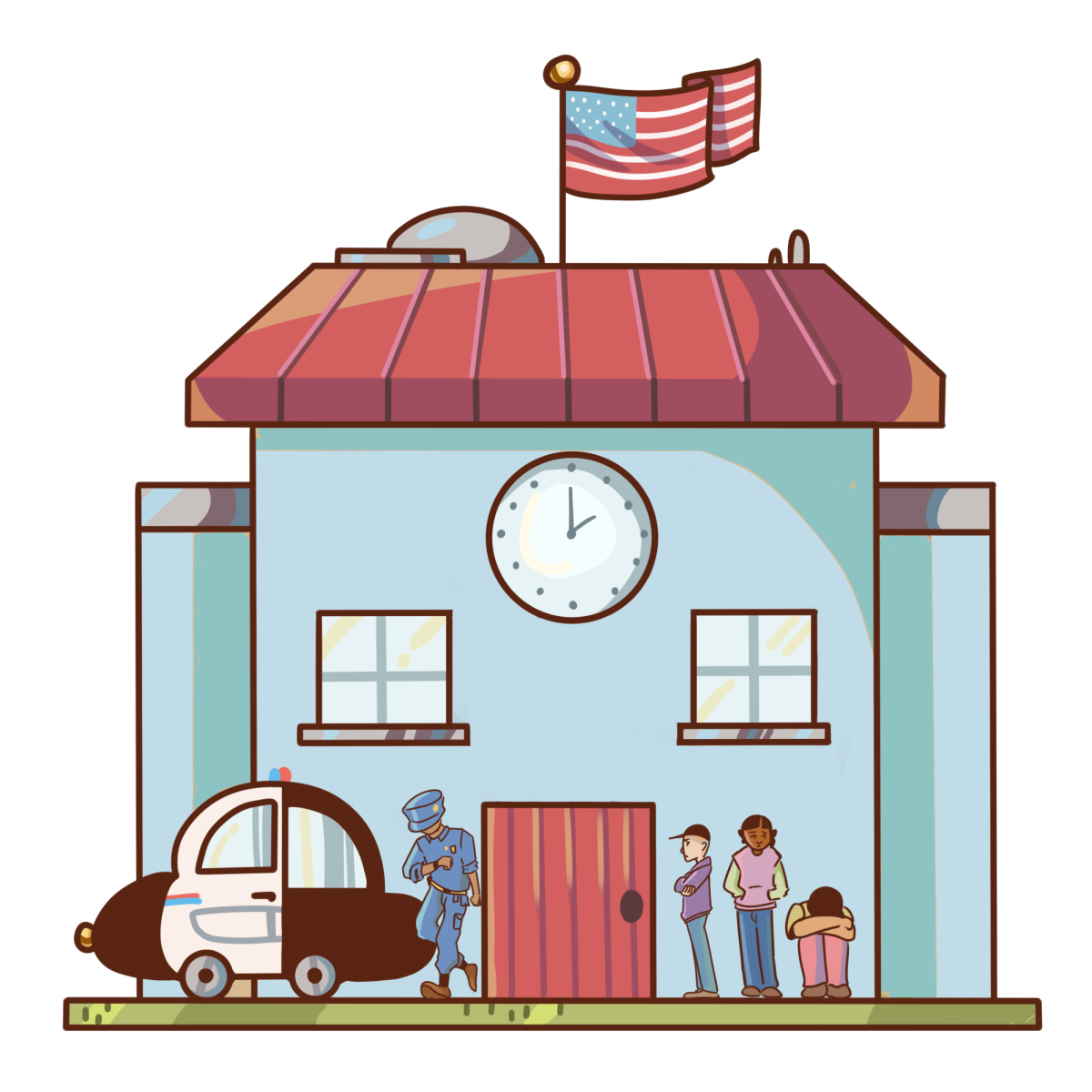As Sierra* ’21 sat on the cold, unwelcoming linoleum floor of a residential treatment center, she said she felt alone and misunderstood, isolated by a mental illness that was misrepresented by both her real surroundings and the media.
Sierra’s struggle with serious depression began in winter of 2017, soon after she switched anxiety medications and lost a close family member. Over the course of that year, Sierra’s depression progressed until she was deemed a threat to herself, and she subsequently checked into a residential treatment center. Unlike the portrayal of mental illnesses in many television shows, Sierra said her experience at the treatment center was miserable.
“[The treatment center] was terrible,” Sierra said. “There were extreme rules. You could not be friends with other people, and you could not talk to other people. The kids there were also not as well-functioning [as I was], and they were way worse with serious traumas. It was very restrictive, you are kind of on lockdown all the time.”
Sierra said that her depression is now easier to manage, due to the new perspective she gained while in the treatment center.
“[I am feeling] much better than before,” Sierra said. “Being gone and realizing that I had no freedom [at the treatment center] made me appreciate [real life] more.”
In recent years, television shows focusing on depression and suicide, including “13 Reasons Why,” have captivated millions, Sierra said. During its second season, the show garnered over six million views in its first three days on Netflix.
“I felt like [the show] romanticized suicide and showed the benefits of suicide,” Sierra said. “For example, like the amount of love given to you after your death.”
Of the people she met at the facility, Sierra said that she was one of the few released. She still keeps in contact with the others, who were transferred to longer term care facilities.
Blake* ’21 has also struggled with depression, brought on partly by his bipolar disorder. Unlike Sierra, his illness developed in middle school, the effects first becoming noticeable while he was in sixth grade.
“[The] worst, worst time of my experience with mental illness was daily suicidal [idealization] and suicide attempts,” Blake said. “That all happened when I was really young, which is sad.”
Although he said he originally struggled to recover, Blake said that his condition greatly improved with a strong familial support system and coping mechanisms developed during therapy sessions.
“By the time the pressure was really amped up at Harvard-Westlake, I already had good coping mechanisms and skills in place,” Blake said.
Recently, Blake has had to stop attending therapy because of his lack of free time.
“I just did not have the time, on a Harvard-Westlake workload, to go see a therapist, which is unfortunate,” Blake said. “So, as of right now, I am completely self-coping and self-managing, which could be going better but has not infringed upon my ability to do work and be a part of the community.”
Because of the nature of his illness, Blake said he still endures periodic rough patches. When they occur, Blake said that he finds teachers to be very understanding about his condition.
“I don’t make a point of it, but if I wake up or I’m having a stretch where I feel it will start impacting my ability to work, I will give my teacher a heads-up,” Blake said. “I’m fine writing a note that I’ve been feeling really down this week, and I might not be as responsive in class as usual. I think one of the reasons I have the luxury of doing that is that I’m usually very, very engaged in class and that does make it easier to check out when I need time.”
Blake said he believes that suicide is incorrectly portrayed in “13 Reasons Why.”
“I definitely think suicide is glorified,” Blake said. “The idea of ‘fixing depressed people’ or ‘kissing scars away’ [is featured] very prominently in media. I don’t even know if glorified is the right word. [It’s] just like the really morbid fascination that non-depressed people think they have with suicide and self-harm. It’s disgusting and disrespectful.”
Sophie Johnson ’21, who medicates for depression, said she feels that the media often misinterprets suicide. Johnson finds the depiction of suicide in “13 Reasons Why” as the most prominent example of an inaccurate and dangerous representation of teenagers struggling with suicidal thoughts.
“[The show] falsely depicts the majority of people who suffer from depression,” Johnson said. “Because of [the show’s] high profile, the show has given our society the idea that suicide is something to be romanticized, when in reality, it is nothing more than the worst side effect [of] depression.”
The Media’s Influence
Johnson said she feels that Hannah Baker, the protagonist in “13 Reasons Why,” and her suicide were portrayed incorrectly and harmfully.
“Suicide is final.” Johnson said. “Individuals who commit suicide no longer have a voice in our world. This is a fact that ‘13 Reasons Why’ fails to address when it glorifies Hannah’s voice after her death.”
There are several ways in which the school handles students who are struggling with mental health said Upper School Deans Department Head, Beth Slattery. On campus, deans usually handle day-to-day issues like fights with friends, but the counseling team handles ongoing issues that students may experience.
“We have a meeting every single week with the deans, Head of School, Head of Athletics, Dean of Students and the counseling team to talk about any kids who are in crisis, so we can triage and see what exactly our plan is moving forward,” Slattery said.
The School’s Response
Slattery said that Peer Support and observations from both students and teachers play a role in identifying students who may be struggling.
“When things [come up] in Peer Support that arise to the level of being a crisis, then confidentiality can be violated,” Slattery said. “[Additionally], a lot of times kids come to us about other kids. Also, there is just observable behavior. I mean, if I notice or a teacher notices a kid not acting like themselves, we usually do a check in to see what’s going on.”
*Names have been changed.



































